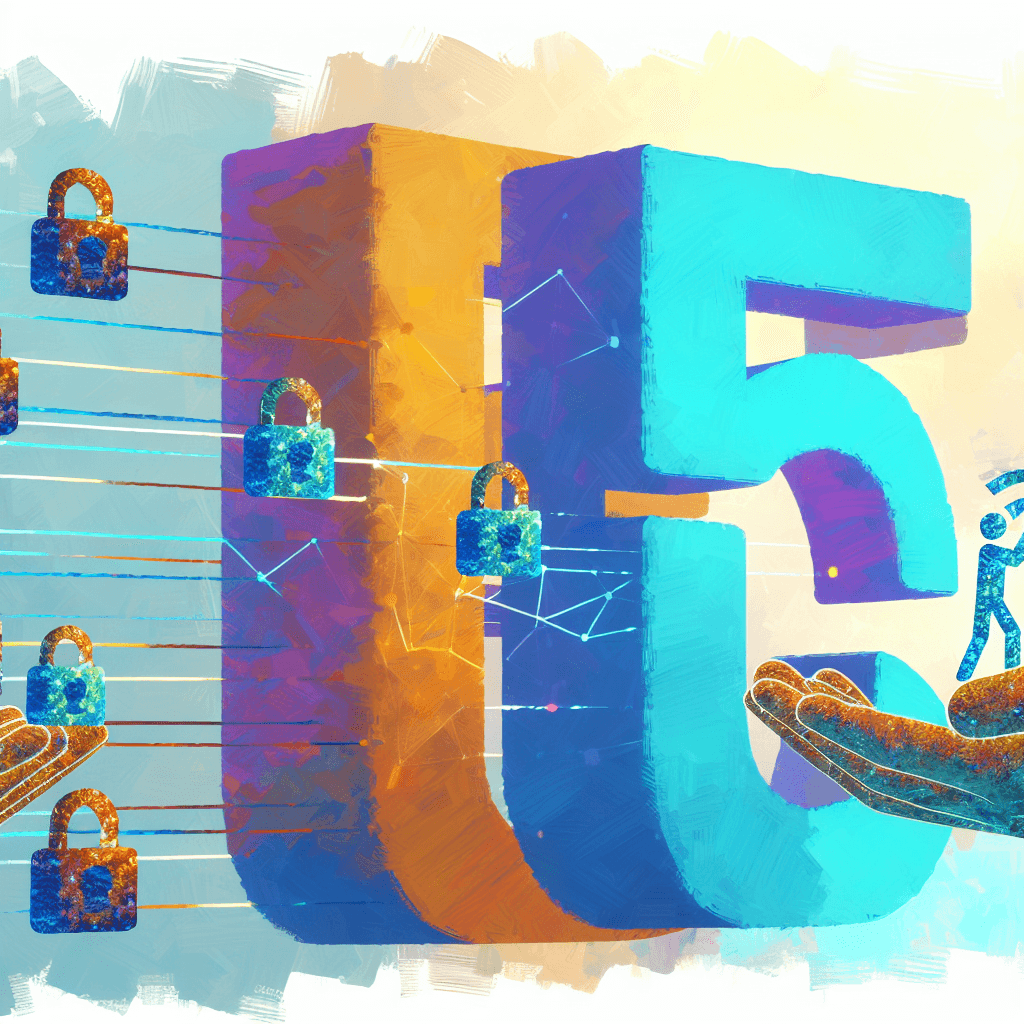A twenty year old out of Florida, thinking he was wrapped up in digital bravado, just found out the hard way that the law can reach straight into the shadows of cyber crime. Ten years in prison and about thirteen million dollars in penalties, that is the kind of hammer that lands heavy. It is not some side headline either, it is a wake up call. Especially for anyone in cybersecurity leadership who has been watching how hackers now move right out in the open, often faster than the systems built to stop them.
This young man was running with a group that called themselves “Scattered Spider.” The name sounds clever, almost like a video game clan, but behind it was a method as old as phone scams. SIM swapping. Convincing mobile carriers to hand over control of a number, taking over the stream of texts and calls, then using that open door to steal. In this case more than eight hundred thousand dollars pulled from five different victims. The crime itself was not unique, no fancy AI coding, just persistence and nerve with a sharp digital edge.
But if we stop at that headline, we miss the part that matters more. The bigger picture is about leadership, about the space CISOs operate in every day. Because while one hacker sits behind bars, there are dozens more already testing the next weak point. We live in an age where AI makes criminals faster and more organized, where attacks can scale in seconds. Urban’s case shines a light on the gap so many companies still leave wide open. The absence of stronger controls, smarter defenses, real time detection. As a leader in this field you watch a case like this and it does not feel like a victory, it feels like a reminder of how quickly we fall behind when our systems and people are not ready.
The Broader Lesson for Cybersecurity Leaders
Gone are the days when basic security measures could keep hackers at bay. Now, cybercriminals like those in Scattered Spider are organized, daring, and well-funded. Their reach? Deep enough to steal millions. Their tool? Simple yet devastating — social engineering combined with technological tricks.
For the security community, this case screams one thing: our leadership must rise. We need to lead with more than just technology. We need to foster a culture of resilience, awareness, and swift action. CISO expertise plays a vital role. We must push for stronger identity protections, better user education, and smarter defenses that adapt on the fly. Leaders need to set the tone that cybersecurity is a shared responsibility, not just a technical problem for specialists.
This case reminds us all that information security in the age of AI isn’t static. It’s a constant evolution. Criminals adapt, so must we.
When the dust settles, the lesson is clear: we cannot afford to stay still. The fight against cybercrime is ongoing, and the consequences of falling behind are costly — both financially and in trust. Urban’s story is a snapshot of that new reality. As leaders in cybersecurity, our job is to lead the charge, stay vigilant, and anticipate the next move. Because in this digital world, the game never truly ends.
Strengthening Digital Defenses for Competitive Advantage
In the realm of information security, preparing a comprehensive strategy is akin to drafting a business plan. Studying the market trends and technological advancements helps in formulating an approach that not only safeguards assets but also aligns with organizational goals, enhancing overall resilience.
Consider these important lessons:
- Enable Multi-Factor Authentication (MFA): Always add extra layers to verify identity. This thwarts SIM-swapping attacks by making it harder for hackers to gain control of accounts.
- Use Strong, Unique Passwords: Avoid reuse. Create complex passwords. This prevents hackers from easily accessing devices and accounts.
- Secure Mobile Accounts: Regularly update security settings with your carrier. Use PINs and locks. This limits unauthorized SIM swaps.
- Educate and Train: Stay informed about cyber threats. Recognize phishing and social engineering tactics. Knowledge weakens attacker methods.
Each step emphasizes proactive defense, echoing core lessons from ‘Securing Success in a Digitally Driven World’ and ‘Building Resilience in the Age of Digital Transformation.’ They underscore that knowledge, layered security, and continual awareness are keys to resilience.
From the Author
Recent statistics show a worrying trend in cybersecurity: attacks are becoming more frequent and more severe. This escalating problem underscores the need for a collective approach in the cybersecurity community. Sharing knowledge, resources, and best practices is crucial to staying one step ahead of cybercriminals.
I endeavor to curate stories like this one on my website. This serves a dual purpose: firstly, to provide a valuable reference for my writing endeavors, and secondly, to share insightful narratives with the wider community. If you like this story, you should check out some of the other stories in the Management section or Small Business section.
You can also find more of my Cybersecurity writings here in the Cybersecurity section.
To check the original story Click here
Expand Your Horizons
Here are some free Information Security Tools TrendMicro Tools.
AI-Cyber-V2







